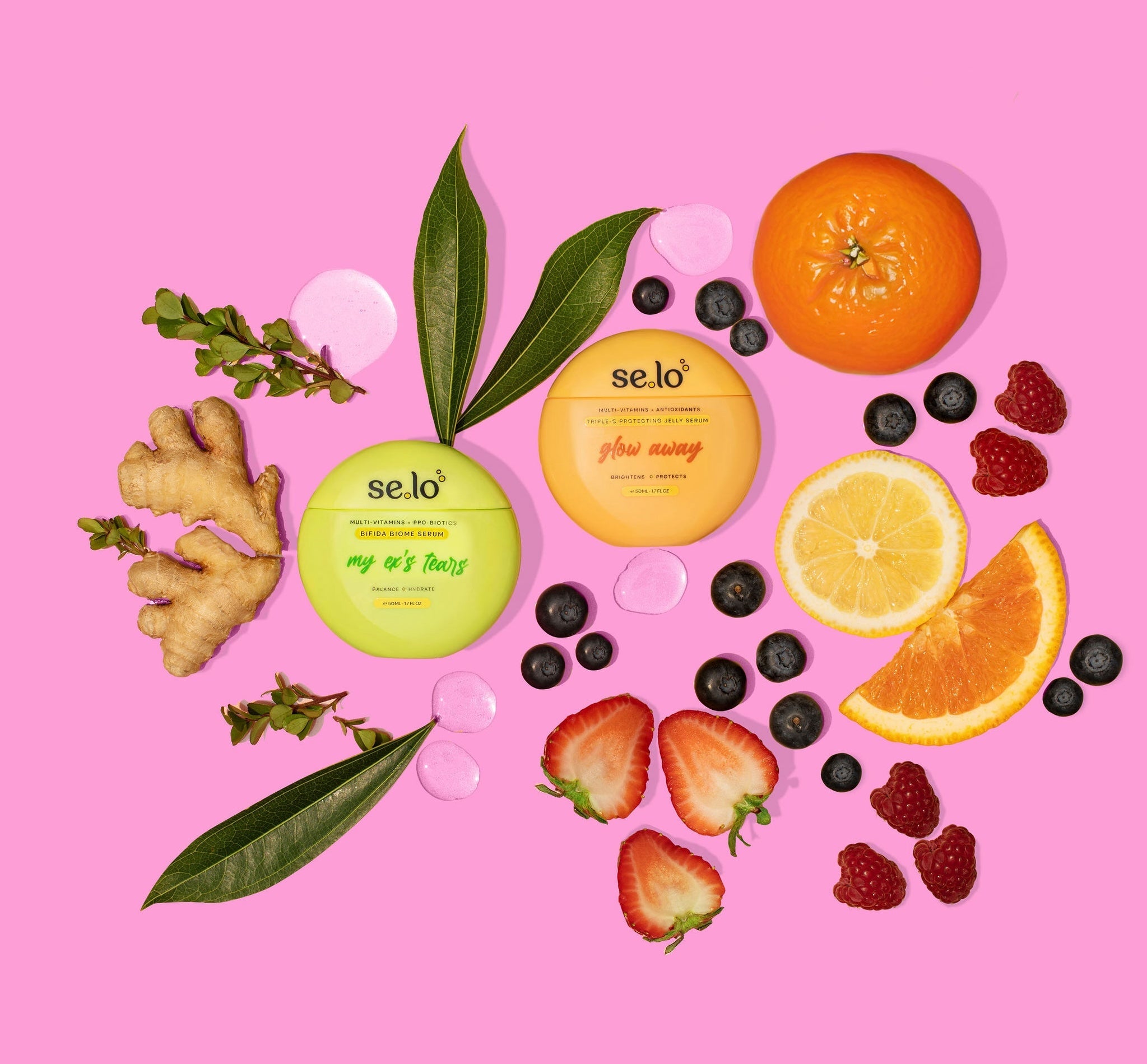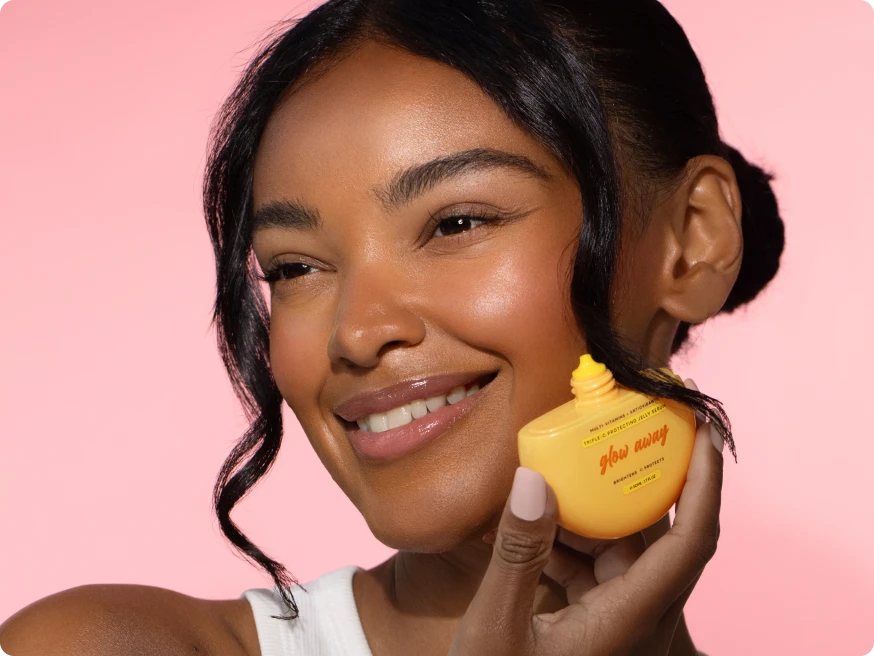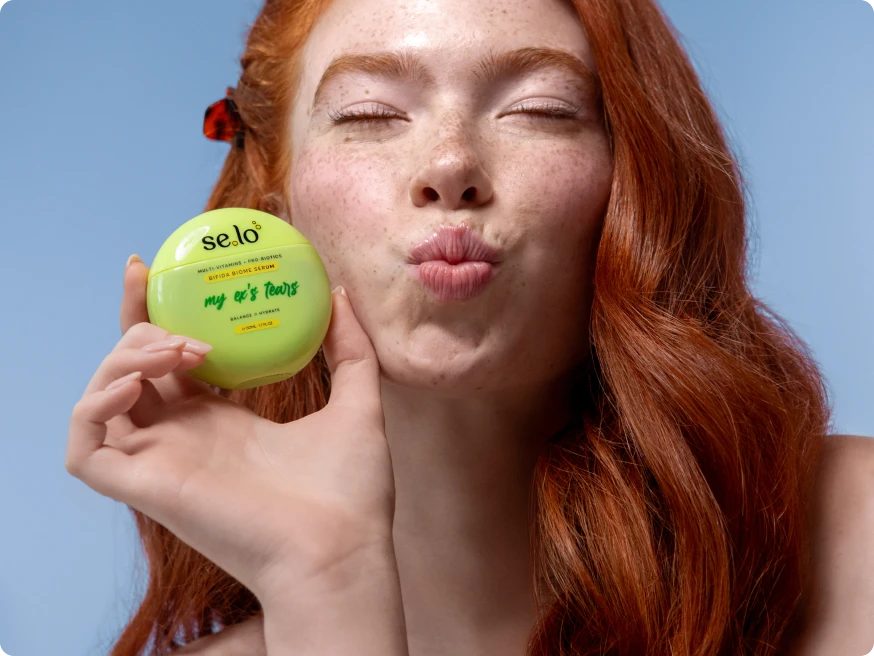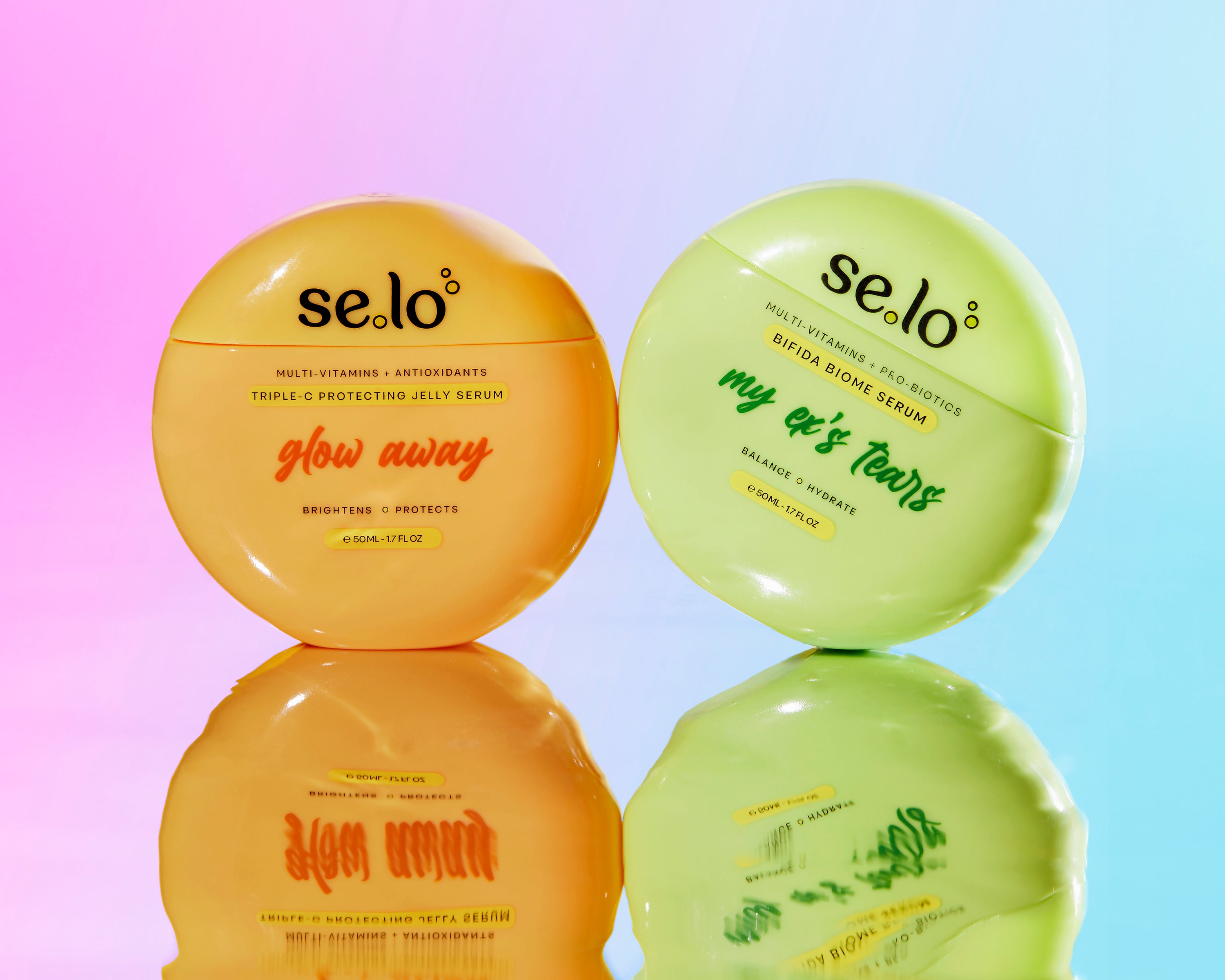Prebiotics vs Postbiotics: How Each Supports a Strong Barrier

Microbiome talk got you scrolling? Here’s the tea: feeding your face is just as important as feeding your feed. Prebiotics and postbiotics are the new power couple behind every buzz-worthy microbiome serum—one dishes out nutrients, the other delivers instant TLC. If you’re chasing a lightweight serum to reduce redness, soothe irritation, improve hydration, and conquer hyperpigmentation all at once, park your swipe-thumb and settle in.
In this 10-minute deep dive you’ll learn
-
What prebiotics and postbiotics actually are—and why they’re not the same thing
-
The receipts: peer-reviewed studies linking each to stronger, calmer skin
-
Smart ways Gen Z can layer them for 24/7 barrier armor
-
How to pick the best microbiome serum in United States without falling for green-washed hype
1. Pre-Biotics, Pro-Biotics, A Quick Refresher
| Term | Elevator Pitch | Where You’ll Find It |
|---|---|---|
| Prebiotics | Non-living fibers that feed good skin bacteria | Insulin, α-glucan oligosaccharide, chicory root extract |
| Probiotics | Live or lysed “good bugs” that move in | Lactobacillus ferment, Bifidobacterium breve |
| Postbiotics | Beneficial metabolites & cell fragments made by probiotics | Lactic acid, short-chain fatty acids, bacteriocins |
2. Prebiotics: Feeding the Squad
Prebiotics are basically farm-to-table for your face. They provide indigestible sugars that only beneficial microbes can munch, allowing them to multiply and edge out the drama-causing species.
Science check
-
In a 2024 Frontiers in Physiology review, topical prebiotics increased stratum corneum hydration by up to 21 % and slashed TEWL (water loss) in sensitive volunteers.
-
Separate in-vitro data show inulin boosts production of antimicrobial peptides that defend against S. aureus, a rosacea trigger.
Why Gen Z skin loves them
-
Zero purge risk—unlike acids, they don’t over-exfoliate.
-
Pair effortlessly with SPF and makeup, staying weightless under ring lights.
Keyword drop: A modern microbiome serum stacks prebiotics with niacinamide for a lightweight serum to reduce redness while priming skin for glow-boosting actives.
3. Postbiotics: Instant Barrier First-Aid
Postbiotics are the molecular love letters microbes leave behind: think lactic acid that smooths texture or fatty acids that slot into lipid gaps.
Receipts
-
Bifida ferment lysate visibly strengthened barrier proteins (filaggrin, loricrin) in just four weeks.
-
Users in a 2025 meta-analysis reported faster recovery from inflammatory flares when applying postbiotic creams.
Real-world perks
-
Serum to soothe your skin: Postbiotic β-glucans calm itch and heat signals within minutes.
-
Serum to improve hydration: Lactic acid’s humectant power binds water like a digital native binds Wi-Fi.
-
Serum to reduce hyperpigmentation: Certain postbiotic peptides down-regulate tyrosinase activity, fading dark marks without the sting of hardcore acids.
4. Prebiotics vs Postbiotics—Head-to-Head
| Feature | Prebiotics | Postbiotics |
|---|---|---|
| Molecular size | Larger carbs (2–10 kDa) | Small peptides/SCFAs (< 1 kDa) |
| Primary action | Feed & diversify flora | Directly repair and calm skin |
| Speed of results | 2–4 weeks for visible change | 24 h–7 days for redness, hydration |
| Best skin type | Anyone with dullness, chronic breakouts | Acutely inflamed or post-procedure skin |
| In formulas | 1–3 % in serums, toners | 0.5–5 % in serums, creams |
Pro tip: Think of prebiotics as the gym membership and postbiotics as the post-workout smoothie—use both for gains.
5. Sensitive-Skin Scenarios & Biotic Fixers
| Skin SOS | Root Cause | Pre/Postbiotic Play |
|---|---|---|
| Sudden Red Flush | Heat, barrier micro-tears | Postbiotic lactic acid + β-glucan serum to reduce redness |
| Dark Marks After Acne | PIH via lingering inflammation | Prebiotic inulin + postbiotic lysate in a serum to reduce hyperpigmentation |
| Tight, Flaky Feel | TEWL spike, lipid loss | Postbiotic ceramide boosters + prebiotic sugars to improve hydration |
| Burn-After-Exfoliation | Microbial die-off quake | Both together in the same lightweight microbiome serum for rapid reset |
6. Crafting the Ultimate Microbiome Serum
To rank as the best microbiome serum in United States, a formula should check every Gen Z box:
-
pH 4.7–5.2—happy zone for bugs
-
Clinical data—look for 20+ subject trials or published white papers
-
Green footprint—PCR plastic or glass, cruelty-free cert
-
Multi-biotic stack—at least one prebiotic and one postbiotic above preservative line
-
Skin-ideal actives—niacinamide, azelaic acid, multi-weight HA
GlowithSelo hero call-out
“My Ex’s Tears Microbiotic Serum” pairs α-glucan oligosaccharide with Bifida ferment lysate plus 5 % niacinamide. Users report calmer tone in 48 h and a 30 % drop in visible redness in four weeks—clinically backed, not just influencer hype.
A Sample AM-PM Skincare Routine for the GenZ.
| Step | AM | PM |
|---|---|---|
| 1 | 15-sec gel cleanse | Creamy cleanse |
| 2 | Microbiome serum (pre + postbiotic) | Retinoid or exfoliant (2×/wk) |
| 3 | Oil-free moisturizer | Microbiome serum |
| 4 | Mineral SPF 50 | Rich ceramide cream |
Pro- Tip: Skin the toner that contain alcohol- They undo all the biotic benefits.
You Are What You Eat- So Eat Well!
-
Snack smart: kimchi, miso, kefir—prebiotic fibers + probiotic cultures feed skin from within.
-
Sleep debt kills bugs: < 6 hrs nudges cortisol up, thinning barrier lipids.
-
Dial down blue light: evening doom-scroll spikes oxidative stress; park the phone 30 min before bed.
Most Common Myth Busters:
| Myth | Reality |
|---|---|
| “Prebiotics do nothing without live probiotics.” | Skin microbes are already there; you’re just feeding them. |
| “Postbiotics are just marketing.” | Peer-reviewed data prove barrier reinforcement & hydration benefits. |
| “More % = better.” | Over-loading can disrupt pH; stick to balanced formulas. |
| “DIY yogurt masks = same result.” | Food-grade cultures often die at skin pH and can introduce unwanted strains . |
Choose your product wisely: Best Microbiome Serum for Sensitive Skin.
0 comments





